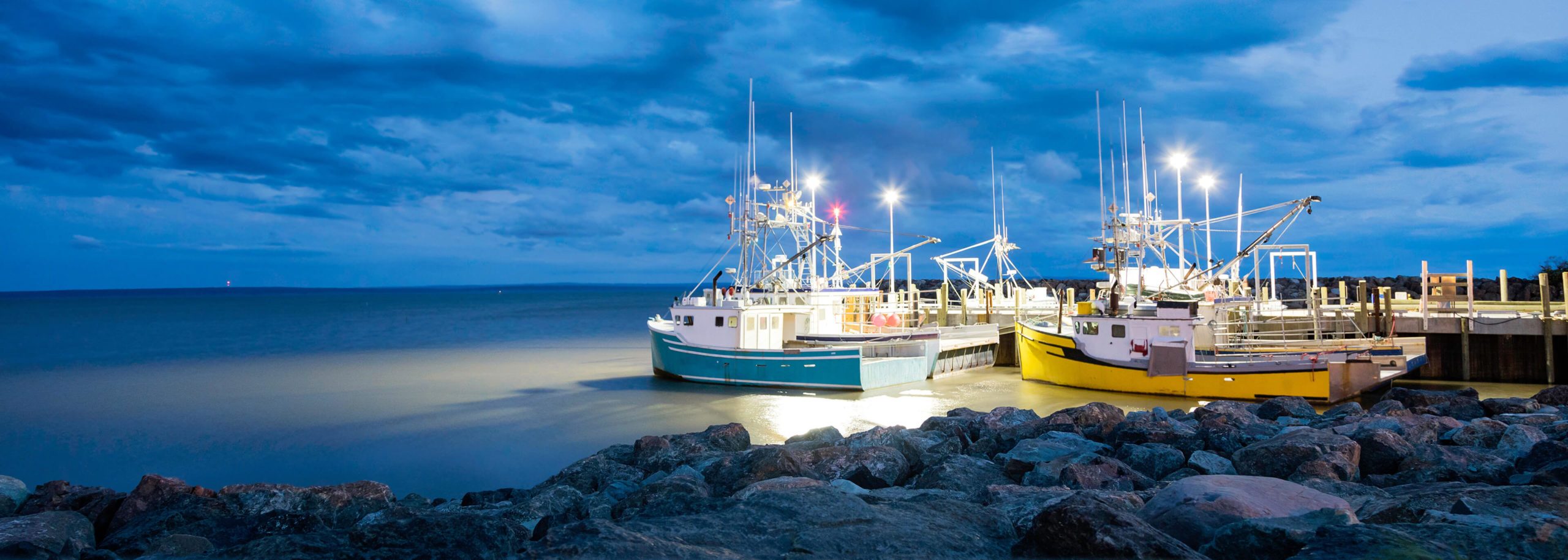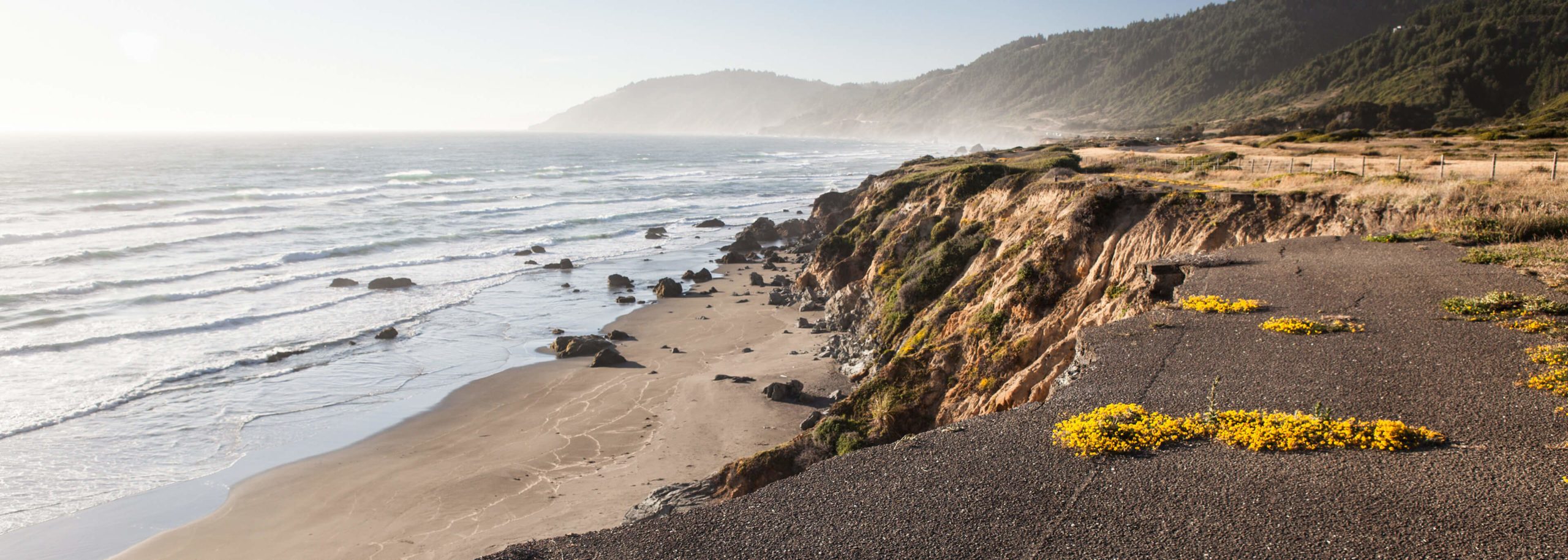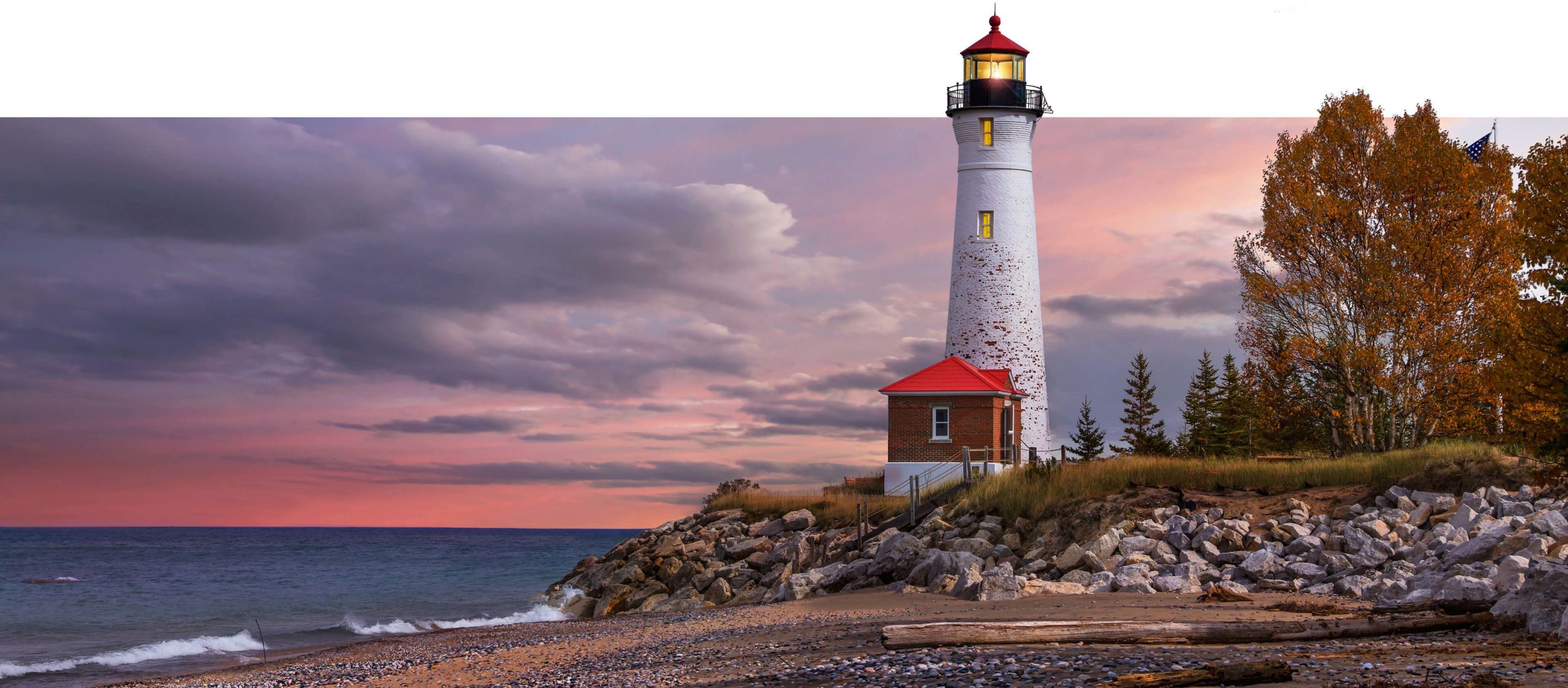Why are estuaries important?
Estuaries Support the Economy
Coastal counties represent 40% of the nation’s total population, including eight of the ten largest U.S. cities. Economic output in these areas account for 34% of the country’s GDP and 37% of total US employment. Within the US, estuaries are hubs of tourism and recreation, shipping, commercial fishing, and development and therefore serve as vital engines of economic activity.
Healthy estuaries produce more food per acre than the richest Midwestern farmland because of the fertile mix of nutrients from land and sea. Most of the shellfish and fish caught within the US spend some or all of their life cycles in estuaries, including salmon, blue crab, and oysters. In 2022 commercial and recreational fisheries supported 2.3 million jobs and generated $321 billion in sales.
Additionally, estuaries and coasts are a favorite destination for American travelers with more than 189 million people visiting the coasts each year. Tourism and recreation alone contribute $143 billion to the national economy, according to NOAA. Whether you prefer fishing, sailing, bird watching, or bike riding – estuaries have something to offer everyone, and each visit contributes dollars to local restaurants, lodging, and small businesses.

Coastal restoration is also an important economic driver. Restoration projects themselves create jobs both directly and indirectly through the actual restoration work and the jobs and industries that support the restoration work. A NOAA funded study in North Carolina found that oyster reef restoration (2013-2023) generated approximately $34 million in revenue and supported 143 jobs from a $20 million investment. Additionally, in Huntington Beach, California, a $13 million habitat restoration project resulted in property values rising $36 million, nearly a 3x return on investment.
Estuaries Protect Against Climate Change

Estuaries provide countless ecosystem services, many of which significantly reduce climate change-driven threats. For one, estuary ecosystems act as a buffer against storms, protecting communities and infrastructure from floods and rising seas. When flooding occurs, estuaries absorb excess water before it reaches communities. In fact, a single acre of one-foot-deep wetlands can hold up to 330,000 gallons of water. On the flip side, in drought conditions, wetlands can replenish ecosystems due to their water storage capabilities.
Estuaries are also great at protecting shoreline communities from wave energy, specifically mangrove forests. In a study from the Nature Conservancy and Wetlands International, researchers found a 500-meter width of mangrove forest can reduce wave height by 50 to 99%. Submerged aquatic vegetation, such as seagrass, has also shown the ability to slow down and lessen wave height by creating drag – preventing coastal erosion and protecting infrastructure and communities.
Plants and organisms within estuaries fight against pollution, naturally removing pollutants like toxic chemicals, excess sediment, and excess nutrients. Salt marsh plants and oysters act as filters, providing clean water for humans and other marine life.
Coastal wetlands also sequester and store substantial amounts of carbon, referred to as blue carbon. Tidal wetland ecosystems can capture and store atmospheric carbon at 10x the rate of a mature tropical forest, per NOAA. In Pamlico Sound in North Carolina, 37,000 hectares of blue carbon ecosystems store more than 10.8 million tons of carbon – the equivalent to the annual emissions of 2 million cars.
As we continue to see more drastic weather shifts, estuary ecosystems will become even more critical in protecting both coastal and inland communities.
Estuaries Provide Critical Habitat

Estuaries’ dynamic environments support a wide range of habitats due to their unique position at the transition zone between land and sea. Saltwater from the ocean and freshwater from rivers mix to create conditions found nowhere else. Tides, freshwater input, and other factors create a variety of habitats within a single estuary, with differences in water depth, salinity levels, and nutrient density. One area of an estuary may be a fast-moving channel, while another can be completely still, allowing nutrient-rich sediment to settle and form a haven for countless species to feed and reproduce.
The diversity in physical conditions, nutrient availability, and salinity levels supports a wide range of habitats, including mangroves, seagrasses, salt marshes, tidal flats, and oyster reefs. Thousands of species of birds, fish, and mammals rely on these diverse habitats. For instance, mangroves are essential for juvenile bonefish and tarpon growth and survival. Salt marshes provide critical habitat for migratory birds and young salmon. Crabs rely on seagrass for protection and spawning. The list goes on and on. More than 2/3 of the commercial fish species caught in the U.S. spend some or all their lives in an estuary, per NOAA Fisheries.
Estuaries Preserve Culture and Education
Healthy estuaries support unique, centuries-old cultures, traditions, and ways of life dependent upon the diversity of wildlife for everything from livelihoods to storytelling. For the 131 million Americans who live near estuaries, they are essential to people’s quality of life: for their scenic beauty, recreational opportunities, bounty, abundance of life, and even their mere presence. Restoring estuary habitat is the only way to ensure that this quality of life is protected and improved.
Indigenous coastal communities have relied on estuaries as vital resources for thousands of years, and they continue to play an important role in the lives of many communities today. These ecosystems provide more than just food and resources; they carry cultural and spiritual significance and are closely connected to Indigenous identity and ways of life.
Estuaries are also an educational resource that must be maintained as living laboratories of life. As one of the most biologically diverse ecosystems in America, opportunities for learning are endless. To secure these educational opportunities for future generations, restoring and protecting estuaries is essential.

